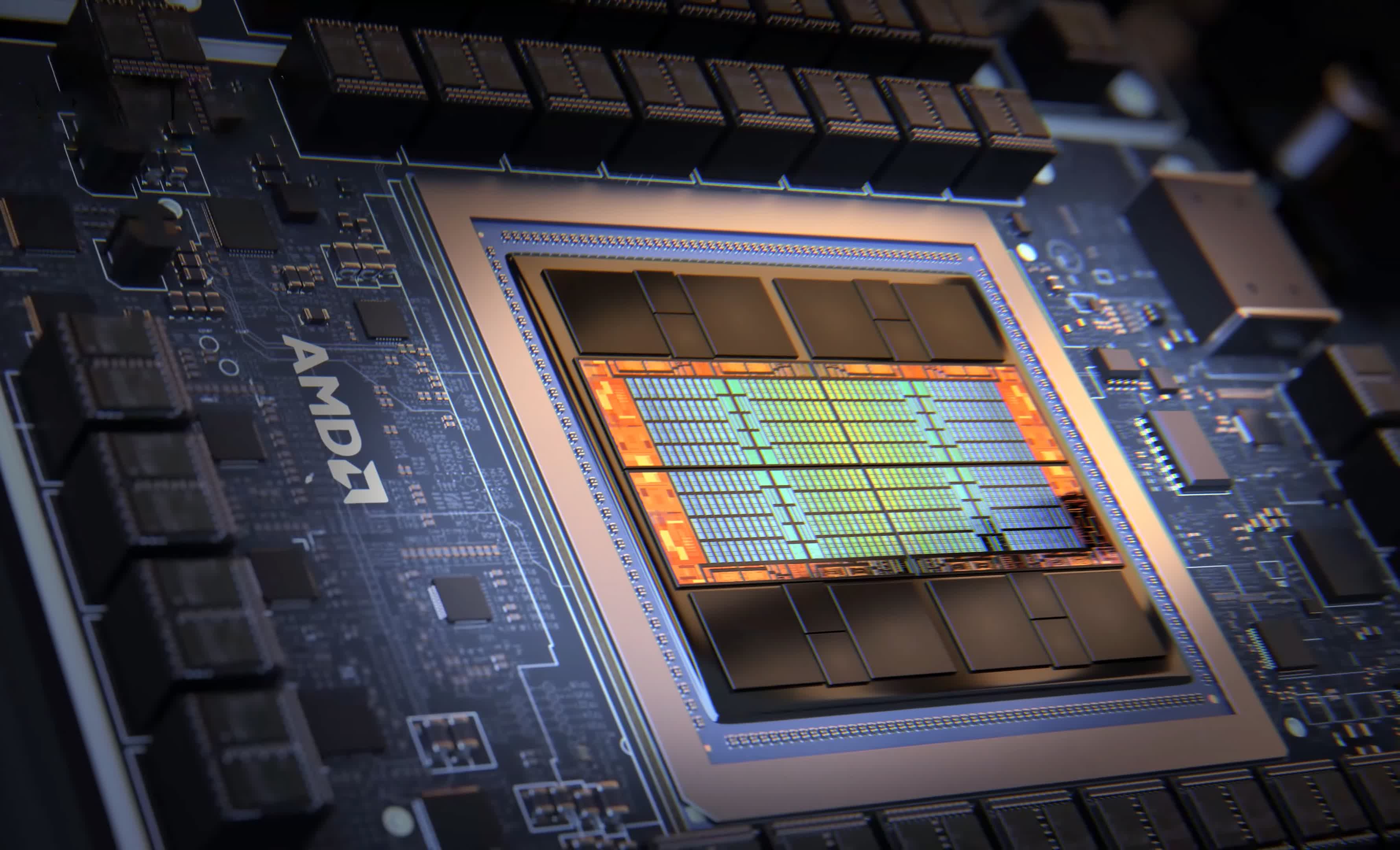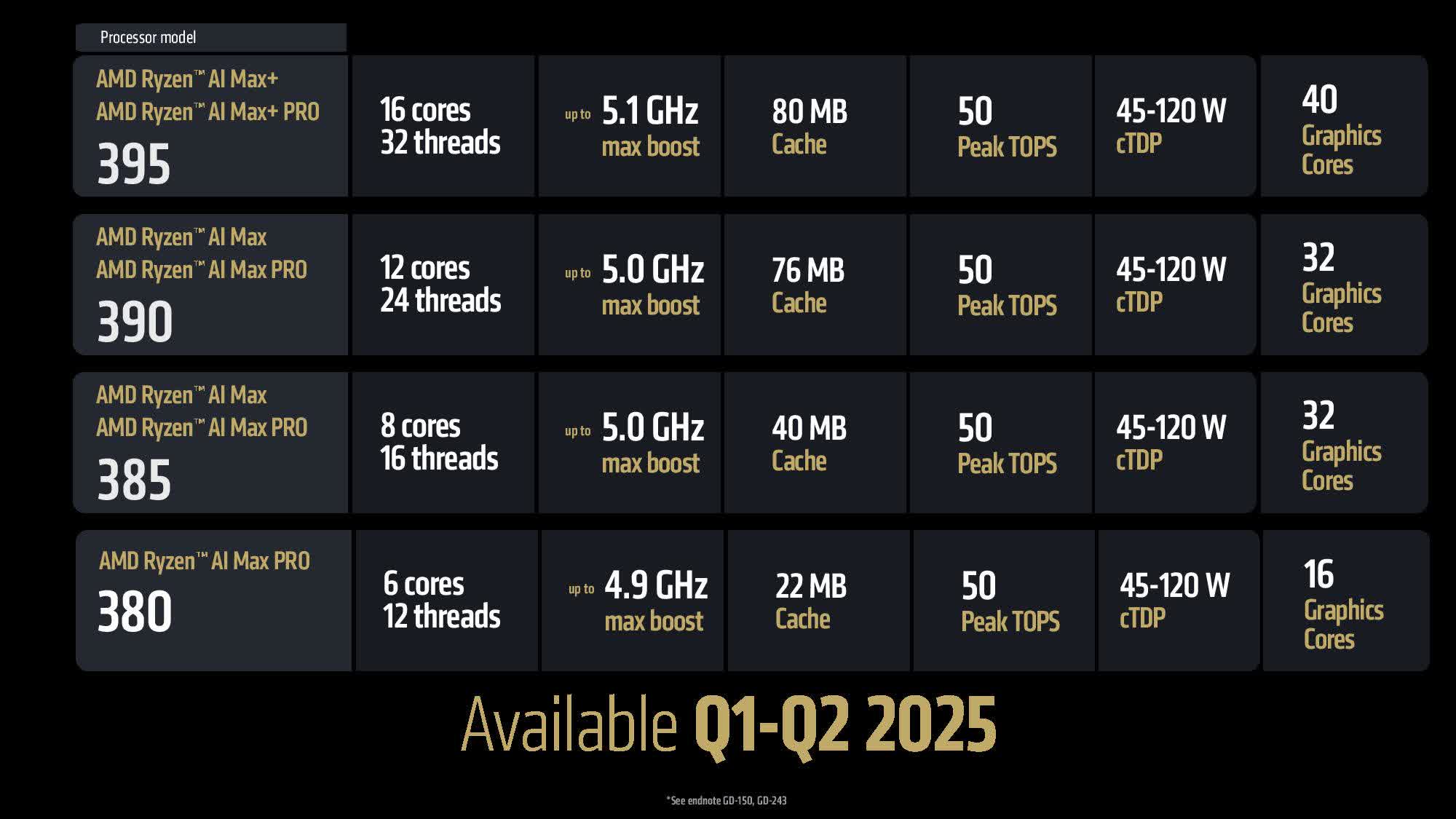Recap: The unveiling of AMD's next-generation RDNA 4 graphics architecture has been muted compared to Nvidia's competing Blackwell chips. Team Red's new GPU lineup currently consists of just two mid to high-end desktop graphics cards. Although AMD recently introduced several APUs with impressive mobile graphics capabilities, none utilize RDNA 4. In a recent interview, the company confirmed it intends to stay this course for now.

In an interview with Notebookcheck, AMD confirmed that its RDNA4 graphics architecture is currently focused exclusively on desktops. While the company hasn't ruled out mobile variants, it provided no timeline or specifics about when or in what form they might arrive.
The extensive interview with Ben Conrad, AMD's Director of Product for Premium Mobile Client, primarily centered on the company's new Ryzen APU lineups, such as Strix Point and Strix Halo. Strix Point chips have already made their way into the latest handheld gaming PCs, while Strix Halo targets gaming laptops with what Conrad describes as "dedicated GPU-class performance."
Commercially known as Ryzen AI 300, Strix Point APUs feature up to 16 Ryzen 3.5 compute units, delivering significant gaming performance improvements compared to devices like the Steam Deck and Asus ROG Ally. Meanwhile, Strix Halo, also referred to as Ryzen AI Max, raises the maximum number of compute units to 40.
Although the gaming performance of AI Max processors remains untested, Conrad suggested that pairing one with a traditional dedicated GPU would be unnecessary, likening it to a CrossFire-style configuration. AMD plans to eventually integrate RDNA 4 into laptop chips, but these will likely take the form of APUs rather than discrete GPUs.
Meanwhile, manufacturers are preparing to release laptops that pair Strix Point APUs with laptop versions of Nvidia's upcoming RTX 50 series graphics cards. Several Asus models have already appeared on Best Buy's website, with prices ranging from $1,999 to $3,999. Release dates and detailed specifications are forthcoming, but the entire stack features GDDR7 VRAM except the rumored RTX 5050.
AMD teased two RDNA 4 GPUs at CES earlier this month: the Radeon RX 9070 and 9070 XT. While independent benchmarks for these desktop GPUs aren't available yet, they are expected to compete with Nvidia's RTX 5070 and are projected to start at around $500. AMD has seemingly delayed RDNA 4's release to March to refine its software offerings including FSR 4, which promises substantial improvements in upscaling image quality over FSR 3.1.
In contrast, Nvidia is poised to launch its RTX 5080 and 5090 GPUs within the next few days, priced at $999 and $1,999, respectively. However, scalping and custom variants could push prices significantly higher.

